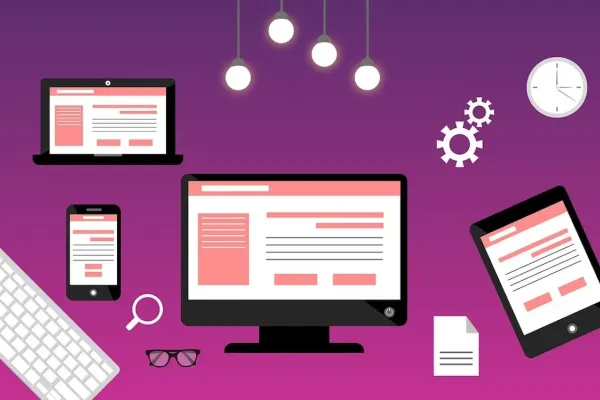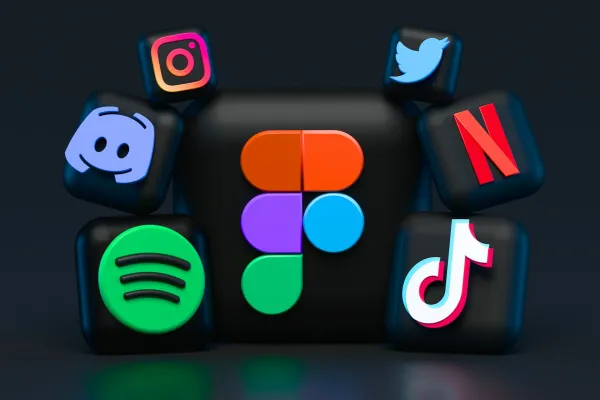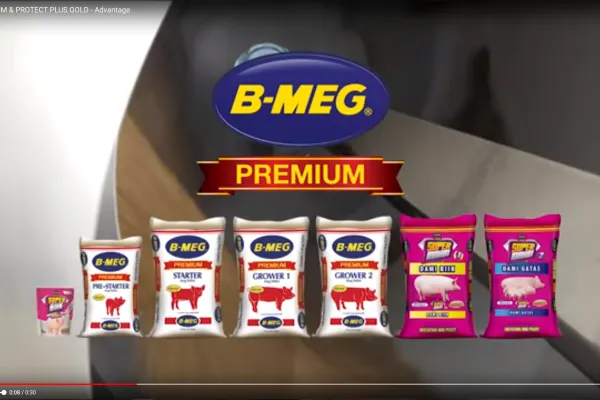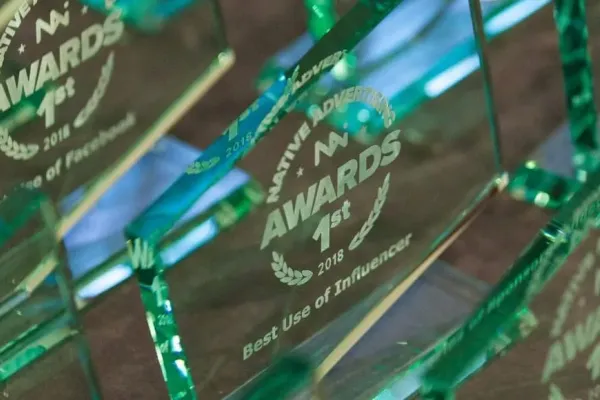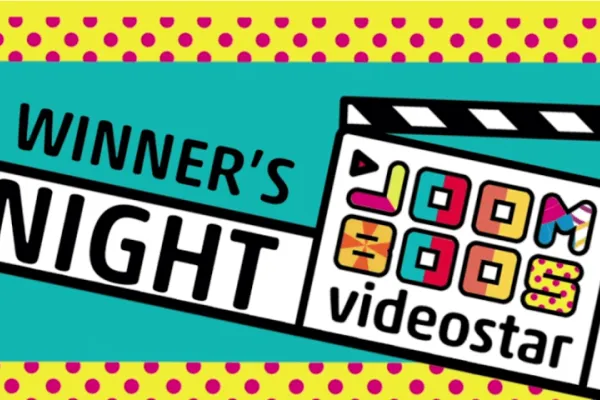We’ve all watched Buzzfeed grow in popularity and prominence over the past decade or so. Since its founding, we’ve seen the site’s content all over the internet, and we’ve watched the company’s revenue continue to climb.
While 2017 – and especially 2019 – have been less prosperous years for Buzzfeed, leading to layoffs and the need to revisit the business strategy, it’s still pretty clear that the site’s recipe for content and native advertising strikes a chord with readers.
BuzzFeed feasts on a business model reliant on native advertising. The website refuses to use banner or display advertising in favor of promoted posts—stories told on behalf of brand publishers.
In its own way, BuzzFeed pioneered native advertising. While many media companies struggle to survive, BuzzFeed advertising is prospering by means of sponsored content.
So, let’s take a look at some of the best buzzfeed sponsored content by making a list! Here are our top ten examples of BuzzFeed’s native advertising:
Related: BuzzFeed on how to make native advertising go viral
1. Brand: Volkswagen – published January 2019
In efforts to target modern sedan drivers and get through to the Uber generation that is reluctant to own their own cars, Volkswagen partnered with Buzzfeed to promote its Virtus sedan in Brazil, highlighting the experience and adventure the new addition to VW could offer the young, newly independent and increasingly financially confident Buzzfeed readers.
To do so, they focused on creating content that highlighted places to go and people to meet in São Paulo. They did this through a day in the life post, four ‘Bring Me’ editorial videos, and three ‘Bring Me’ co-branded videos.
Results
The main objectives of the campaign were to build audience awareness and, beyond that, to get the audience to see VW as an innovative brand. It’s safe to say their efforts worked.
The campaign not only engaged, but it clearly served its purpose. A forced exposure study revealed that the campaign boosted awareness and VW's innovative attribute rating.
RELATED: Award-Winning Native Advertising from around the globe – Download E-book
2. Brand: American Express Canada – published April 2018
To spread awareness and adoption of its new credit card – the American Express Cobalt Card – with the young professional audience in Canada, American Express teamed up with Buzzfeed in a series of sponsored content.
The card is designed for this audience in that it gives 5x the reward for eligible eats and drinks and 2x the award for eligible travel. Buzzfeed highlighted the features of the card to the appropriate audience by focusing on great dining spots, travel ops and inspiring recipes – in other words, really going all-in on this young, work-hard-play-hard audience that is ready and willing to put their disposable income to good use.
Through custom and look-alike audiences and in-flight optimization, the campaign was geared toward generating greater “qualified reach.” And that it did!
Results
The campaign collectively contributed to $180k in added value, a 70% over-delivery against video views, which resulted in an eCPV of $0.06. This was 41% more efficient than the initially set KPI for the campaign.
Impressive!
Beyond engagement, a forced exposure study revealed awareness of the Cobalt card, as well as interest in it, had increased, as a result of this campaign.
Related: What is native advertising? Best practices and examples
3. Brand: Bud Light – published March 2018
To promote the launch of a new beer, Bud Light Radler, Bud Light teamed up with Buzzfeed to create two sponsored recipes on the site’s Tasty section. The campaign focused on building associations within their adult audience between the beer and brunch. Essentially, they wanted to pose the new fruity beer as the perfect ingredient or pairing with brunch food. For this reason, they took to Buzzfeed.
Recipe 1: Beer Bread French Toast featuring Bud Light Radler
The quirkiness of this recipe is definitely enough to get a double-take from readers, but it appears it did much more than that. Success was the result of leveraging recipe ingredient interests of the Tasty audience as well as audiences that engaged with a previous Bud Light Radler video.
Recipe 2: Radler Chicken & Waffles featuring Bud Light Radler
Results
The campaign resulted in high engagement and a notable brand lift. This was observable across a number of different parameters: recall of the content (+15% points), awareness of Bud Light Radler (+6% points), and intent to purchase Bud Light Radler (+4% points).
4. Brand: Hot Wheels – published August 2018
In efforts to reach the parents of young children in a relevant and engaging way, Hot Wheels partnered with Buzzfeed to create a series of custom posts and videos targeted toward parents that showcase the benefits of play for children.
Results
The goal was to drive affinity and buzz with moms around the learning benefits of children playing with Hot Wheels, and the results certainly show that the mission was accomplished. In fact, the video used on buzzfeed as sponsored content achieved a share rate 4x greater than Buzzfeed’s normal and an engagement that was 2x greater.
Related: The New York Times makes some of the best native advertising, and here is why
5. Brand: Agoda – published October 2018
Agoda is one of the fastest-growing online travel booking platforms globally – with locations in 39 countries across the world and hosting 1.8 million accommodation properties. Huge in Asia, Agoda still doesn’t have that large a global name and the company has been on a journey to try and change that. One of the ways they’ve gone about trying to do this is through teaming up with Buzzfeed.
Agoda's main mission in the partnership was to reach travel-interested US consumers, ages 25-44, hitting them with the message that Agoda is *the* go-to source for travel accommodations and expertise.
The approach was to highlight some of the things that most annoy would-be travelers in order to approach the topic through humor while simultaneously driving awareness of the Agoda name. In a YouGov study commissioned by the company, 47% of global respondents found extreme mobile device usage to be the single most annoying thing about travel and 21% found selfie-takers the most annoying. These two annoyances became the basis of the promotional campaign, which consisted of two custom articles and four BuzzCuts around the topic of how selfies/ device usage can detract from a travel experience and ultimately go incredibly wrong.
Results
The campaign targeted custom BuzzFeed travel audiences as well as some interest and behavioral targeting from Facebook. The results were click-through rates for BuzzCuts that were 10x the expectation on Facebook and 45x on BuzzFeed! In addition, the average engagement was 0.11% – 2x the established benchmark.
Related: Which types of native advertising exists?
6. Brand: Motorola – published April 2014
Aaaah yes time flies. So does this promoted post by Motorola. Extremely simple and snackable, you can digest this article in no time while musing over the visual evidence that some things have changed A LOT over the past 20 years. Including the appearance of boy bands.
Very much in line with BuzzFeed’s standard editorial content, 9 Things That Have Changed In The Last 20 Years includes obvious but harmless product placement on behalf of the sponsor. Harmless in the sense that it doesn’t work as a detriment to the entertainment value of the content, but fits in rather nicely.
7. Brand: Cancer Research UK – published: June 2015
This native ad by Cancer Research UK is an example of how simple yet cheeky visuals can be powerful and engaging. The piece entitled ‘Sunbathing: expectation vs. reality,’ approaches the topic of protecting your skin from sun exposure in a playful way that is instantly easy to understand.
This is a nice example of a charity employing native advertising. More importantly, at the least in a broader sense, it is also 11 humorous reminders of the illusion that is sunbathing.
The brand is omnipresent, but in this case, it doesn’t matter as the brand itself is more or less unobjectionable. When you’re Cancer Research UK, you don’t have to make people like you, you just have to make people remember your message.
7. Brand: Dunkin’ Donuts – published June 2014
This native ad by Dunkin Donuts and Buzzfeed ‘Which donut are you’ shamelessly takes on the Buzzfeed quiz in an almost satirical fashion. This ad is irrefutably stupid, but also kind of great because BuzzFeed and Dunkin’ Donuts recognize the stupidity and make a joke out of it. This notion is again evident in the subheading of the article, which reads: You HAVE to know, seems to be some sort of admission that there is absolutely no reason why you would want or should know what kind of donut you are.
Self-deprecation is a great way to approach native advertising. It undermines the kind of uncomfortable self-importance that might occur when brands make content about themselves. So good job, Dunkin’.
READ IT
Related: Native advertising on Social Media – Your Handbook for 2024
8. Brand: HBO – published January 2014
In promotion of comedy-drama Girls, HBO and BuzzFeed made a listicle of signature moments that women living in New York City experience. Including: “Extraordinary anger when your friend tells you her job pays for her MetroCard” and “Unbelievable disdain for girls who go to clubs in the winter in bandage dresses, stacked heels, and no tights”. The post concludes: “Undeniable acceptance that your life is an episode of Girls”.
I’m not sure that I like the actual wording in this piece, but I think I like the premise. Everybody wants to know if they can relate to the experiences of a girl living in New York. Furthermore, there are at least some people who want to know if the article identifies the right experiences. Anyway, a lot of interests are at stake here. That’s good for traffic!
9. Brand: Intel – published August 2014
This article, commissioned by Intel, touches on school memories that modern students aren’t able to relate to because of technological progression. Funny. Intelligent. Fascinating. Shareable. Man oh man, this piece of native advertising has got it all. Including a natural crossover between brand and subject.
There is nothing much to add. If you can make a great piece of content and simultaneously remind people of your products, that is brilliant. Good job, Intel. Good job, BuzzFeed.
10. Brand: Spotify – published December 2013
Would Queens Of The Stone Age, Jack White, Radiohead and Tame Impala be here today were it not for Led Zeppelin? The answer is no, according to this listicle promoted by Spotify, highlighting the many bands that wouldn’t exist today if not for Led Zeppelin.
This is one of those subjects that work well when people are intoxicated. There is no way of making a sound argument, but the discussion itself is all worth it. The headline dares any rock fan to become infuriated with how wrong the selections are, which is great. Beyond that, Spotify gets to mention some of the music you can listen to through its streaming service. Shrewd.
READ IT
Related: What's the difference between paid pr and native advertising?
